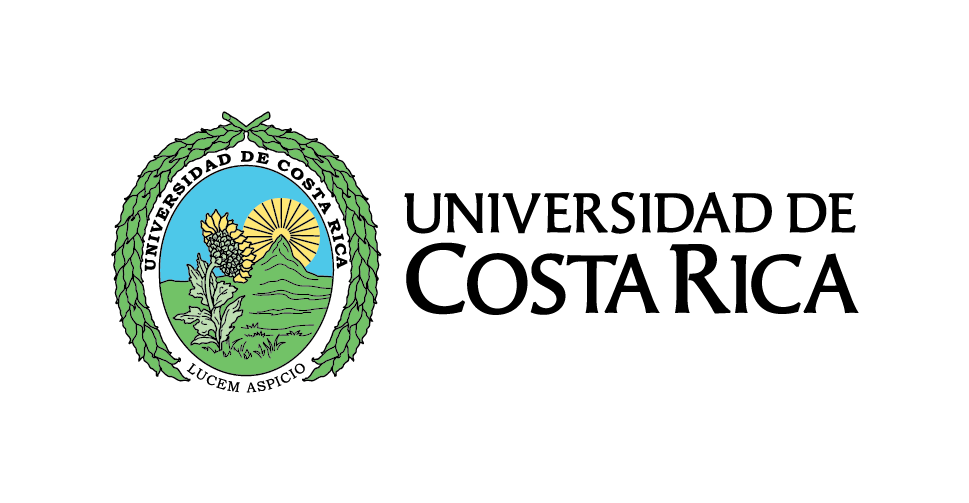El acompañamiento tecno-pedagógico como alternativa para la apropiación de tecnología en docentes universitarios
This article approaches a research where twelve teachers form the University of Costa Rica participated. The objective was to find a way in which professors use and take advantage of the technological tools and make virtual learning environments under the guidelines of the emergent paradigm. It was...
Kaydedildi:
| Yazar: | |
|---|---|
| Materyal Türü: | Online |
| Dil: | spa |
| Baskı/Yayın Bilgisi: |
Universidad de Costa Rica
2017
|
| Konular: | |
| Online Erişim: | https://revistas.ucr.ac.cr/index.php/aie/article/view/29688 |
| Etiketler: |
Etiketle
Etiket eklenmemiş, İlk siz ekleyin!
|
| Özet: | This article approaches a research where twelve teachers form the University of Costa Rica participated. The objective was to find a way in which professors use and take advantage of the technological tools and make virtual learning environments under the guidelines of the emergent paradigm. It was a process of participatory action research, with qualitative character, in which professors were techno-pedagogically guided in the development of the virtual learning environments in 2015. The methodology includes interviews, observations and documentation about the practices in the virtual environment of the professors in order to know the perception of the people involved, in this way it is evidenced their experiences about the process and achievements in it. It was explained that the techno-pedagogically guidance in the real context of the professors as the progressive guided construction in the learning environments with the usage of technology is more effective and satisfactory for those involved in the process, and the knowledge last in time independent from the presence of a facilitator. Moreover, the creation of professors' community in the techno-pedagogically guidance allowed to share experiences and fears. Finally, skills and abilities were strengthened due to learning process among pairs. |
|---|

